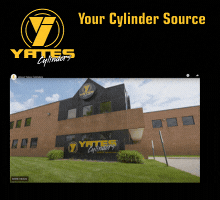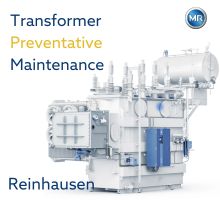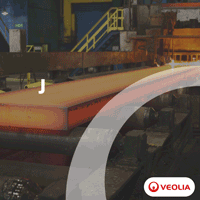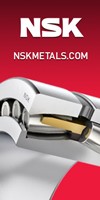Nippon Steel Sheet Piles Adopted for Large-Scale Infrastructure Project
11/30/2009 - Nippon Steel’s 38-m-long “straight web-type sheet pile" has been adopted for the collision-protection structures of the second connecting bridge between the Inchon International Airport and the Songdo special free economic zone.
Nippon Steel Corp.’s 38-m-long “straight web-type sheet pile,” claimed to be the world’s longest such sheet pile, has been adopted for the collision-protection structures of the second connecting bridge between the Inchon International Airport (Yeongjongdo) and the Songdo special free economic zone (Inchon Metropolitan City).
Extending 21.38 km in total length (the longest in Korea and the seventh longest in the world, according to Nippon Steel), including the access road, the bridge is 12.34 km long in its sea-crossing section alone. It was put into service last month; construction was begun in June 2005.
The sheet piles are used for the pier foundations around the bridge’s navigation-channel section (center span: 800 m) for protection against ship impact. For this cellular-type structure, a number of straight web-type sheet piles are interlocked together to form a large circular cell and then driven into the seabed, followed by the filling of the inside with sand and gravels.
Of a total of 40 structures requiring about 18,000 tonnes of steels, Nippon Steel says that it received orders for about 16,000 tonnes, manufactured at the rail and shape mill of Yawata Works (Kitakyushu City, Fukuoka Prefecture). The company made deliveries from October 2007 to March 2009.
Nippon Steel says that its straight web-type sheet pile permits single-pile use, eliminating intermediate welding joints to satisfy the required sheet-pile length in projects involving great depths, either offshore or overland. Maximum interlock strength is 5880 kN/m. The use of its sheet pile makes possible the increased diameters of the cell, according to the company, permitting the shortened depth of embedment into the seabed and reduced weight of steels used.
For this project, using Nippon Steel’s “Prefabricated Sheet Pile Cell Method,” sheet piles were joined preliminarily to form a cellular structure, which was then transported to the site for placement. The company claims this method shortens the term of construction and reduces the disruption of sea traffic.



-(220-x-200-px)-(130-x-130-px)-(220-x-200-px).jpg?lang=en-US&ext=.jpg)
.gif?width=200&height=200&mediaprotectionhash=ddb07947ad3b4ab959a83714461eccd5c6895f370695eb035a9ff7aa736f8ad9&ext=.gif)





